Developers constantly seek tools to streamline coding tasks. GPT-5-Codex, a specialized AI from OpenAI, excels in autonomous code generation and refinement across varying complexity levels: GPT-5-Codex low, GPT-5-Codex medium, and GPT-5-Codex high.
Engineers leverage GPT-5-Codex to automate repetitive tasks, allowing more time for innovative problem-solving. However, understanding its setup and application requires a structured approach. Therefore, this guide outlines step-by-step instructions, technical details, and real-world examples. Additionally, it emphasizes best practices to maximize output quality. By the end, you will grasp how GPT-5-Codex integrates into daily routines, transforming traditional coding paradigms.
What Defines GPT-5-Codex and Its Core Architecture
OpenAI engineers designed GPT-5-Codex as a fine-tuned iteration of the GPT-5 base model, specifically tailored for coding environments within the Codex ecosystem. Unlike general-purpose language models, GPT-5-Codex incorporates reinforcement learning from human feedback, drawing from extensive real-world software engineering datasets. Consequently, it excels in tasks that demand contextual understanding and iterative execution.

At its foundation, GPT-5-Codex employs a transformer-based architecture with enhanced parameters for handling large-scale codebases. Developers benefit from its ability to process up to millions of tokens in context, enabling analysis of entire repositories. Moreover, it integrates multimodal inputs, such as screenshots for front-end refinements. This setup allows the model to reason over dependencies, execute code in sandboxed environments, and validate outputs through automated testing.
Technically, GPT-5-Codex builds on previous Codex models by incorporating advanced agentic behaviors. For example, it dynamically allocates computational resources based on task complexity, reducing unnecessary token consumption. As a result, simple queries process faster, while intricate refactorings receive deeper analysis. Furthermore, its training includes diverse programming languages like Python, JavaScript, and Go, ensuring versatility across projects.
Security remains a priority in its design. The model operates within isolated containers that disable network access by default, preventing unintended data leaks. Users can customize these settings for specific needs, balancing safety with functionality. Overall, this architecture positions GPT-5-Codex as a reliable tool for professional developers.
Key Features That Set GPT-5-Codex Apart
GPT-5-Codex offers several standout features that distinguish it from earlier models. First, its agentic coding capability enables autonomous task completion, such as adding features or writing tests without constant human intervention. Engineers activate this by providing high-level prompts, and the model iterates until achieving the desired outcome.

Second, code review functionality identifies vulnerabilities and suggests optimizations with precision. Unlike basic linting tools, GPT-5-Codex contextualizes feedback, focusing on high-impact issues. For instance, it flags SQL injection risks in database queries and proposes secure alternatives.
Third, the model supports visual processing for UI/UX tasks. Developers upload screenshots, and GPT-5-Codex refines HTML/CSS structures accordingly. This feature proves invaluable for front-end development, ensuring aesthetic and functional alignment.
Additionally, integration with external tools enhances its utility. Platforms like Apidog complement GPT-5-Codex by handling API-related workflows. After generating API code, users import specifications into Apidog for automated testing and documentation. This synergy streamlines the transition from code creation to deployment.
Performance metrics further highlight its strengths. On benchmarks like SWE-bench Verified, GPT-5-Codex achieves a 74.5% success rate, surpassing GPT-5's 72.8%. In refactoring tasks, it scores 51.3%, demonstrating superior handling of large code changes. These features collectively empower developers to tackle ambitious projects efficiently.
Accessing and Setting Up GPT-5-Codex for Your Workflow
To begin using GPT-5-Codex, developers must first secure access through OpenAI's platforms. Subscription plans vary, starting with ChatGPT Plus at $20 per month for limited sessions. For intensive use, the Pro plan at $200 monthly provides unlimited access during workweeks. Enterprise options scale further with customizable credits.
Once subscribed, access GPT-5-Codex via the Codex CLI, IDE extensions, or web interfaces. Install the CLI by running npm install -g @openai/codex-cli in your terminal. This tool allows command-line interactions, ideal for scripting workflows.
For IDE integration, plugins exist for VS Code and JetBrains. In VS Code, search for the official OpenAI extension and authenticate with your API key. This setup enables inline code suggestions and refactoring commands directly in your editor.
API access, available soon, requires generating keys from the OpenAI dashboard.
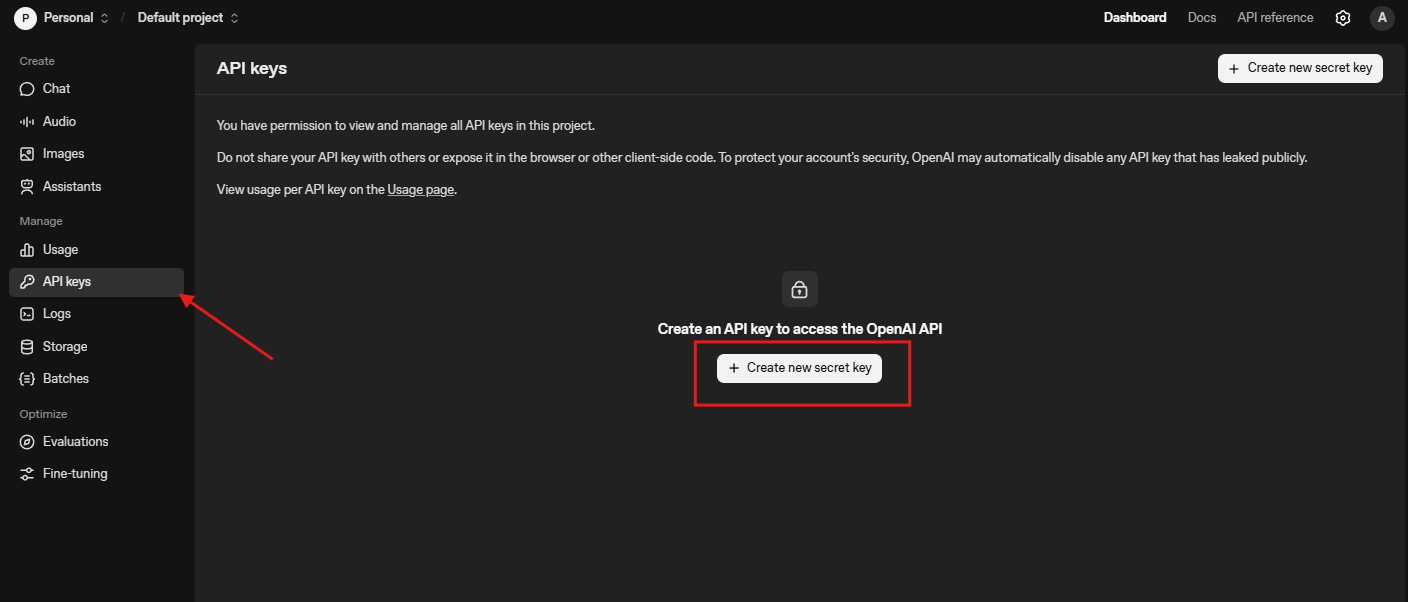
Set environment variables like export OPENAI_API_KEY=your_key_here. Then, use libraries such as openai-python to send requests. A basic call might look like this:
from openai import OpenAI
client = OpenAI()
response = client.chat.completions.create(
model="gpt-5-codex",
messages=[{"role": "user", "content": "Generate a Python function to sort a list."}]
)
print(response.choices[0].message.content)
This configuration ensures seamless incorporation into existing pipelines. However, always monitor token usage to avoid exceeding limits.
Integrating GPT-5-Codex with Development Environments
Developers integrate GPT-5-Codex into various environments to enhance productivity. In terminal-based setups, the Codex CLI facilitates quick queries. For example, run codex generate "Create a REST API in Node.js" to produce boilerplate code.
In cloud platforms like GitHub Codespaces, enable the OpenAI extension for real-time assistance. This allows GPT-5-Codex to analyze repositories and suggest commits. Similarly, in CI/CD pipelines, incorporate scripts that invoke the model for automated reviews.

For collaborative teams, GitHub workflows integrate seamlessly. Configure actions to trigger GPT-5-Codex on pull requests, generating feedback comments. This automation reduces manual review time significantly.
Moreover, pairing with Apidog elevates API-focused integrations. After GPT-5-Codex generates endpoints, export OpenAPI specs and import them into Apidog. The platform then runs tests, mocks responses, and documents schemas. This process ensures code reliability before deployment.
Overall, these integrations create a cohesive ecosystem where GPT-5-Codex acts as a virtual collaborator.
Leveraging GPT-5-Codex for Code Generation Tasks
GPT-5-Codex excels in generating code from natural language prompts. Developers craft precise instructions to yield accurate results. For instance, specify "Write a TypeScript class for user authentication with JWT" to receive structured, secure code.
The model handles multiple languages effortlessly. In Python, it creates data processing scripts; in JavaScript, it builds front-end components. Additionally, it incorporates best practices, such as error handling and modularity.
To refine outputs, iterate with follow-up prompts. If initial code lacks tests, ask "Add unit tests using Jest." This iterative approach builds comprehensive solutions.
For complex scenarios, provide context like existing code snippets. GPT-5-Codex analyzes them and extends functionality accordingly. As a result, developers produce production-ready code faster.
When generating APIs, transition to Apidog for validation. The tool simulates requests, identifying issues early. This combination minimizes debugging efforts.
Conducting Code Reviews Using GPT-5-Codex
GPT-5-Codex automates code reviews, delivering insightful feedback. Submit pull requests, and it scans for logic errors, security flaws, and style inconsistencies.
Unlike static analyzers, it provides contextual comments. For vulnerability detection, it flags issues like cross-site scripting and recommends fixes.
In team settings, integrate with GitHub to post reviews automatically. This accelerates approval cycles.
To enhance accuracy, specify guidelines like "Follow PEP 8 standards." The model adapts, ensuring compliance.
For API code, forward reviews to Apidog for practical testing. Simulate attacks and verify mitigations, reinforcing security.
This feature transforms review processes into efficient, thorough evaluations.
Enhancing Workflows: Integrating GPT-5-Codex with Apidog
Apidog serves as an essential companion to GPT-5-Codex, particularly for API-centric projects. This all-in-one platform manages the API lifecycle, from design to deployment.
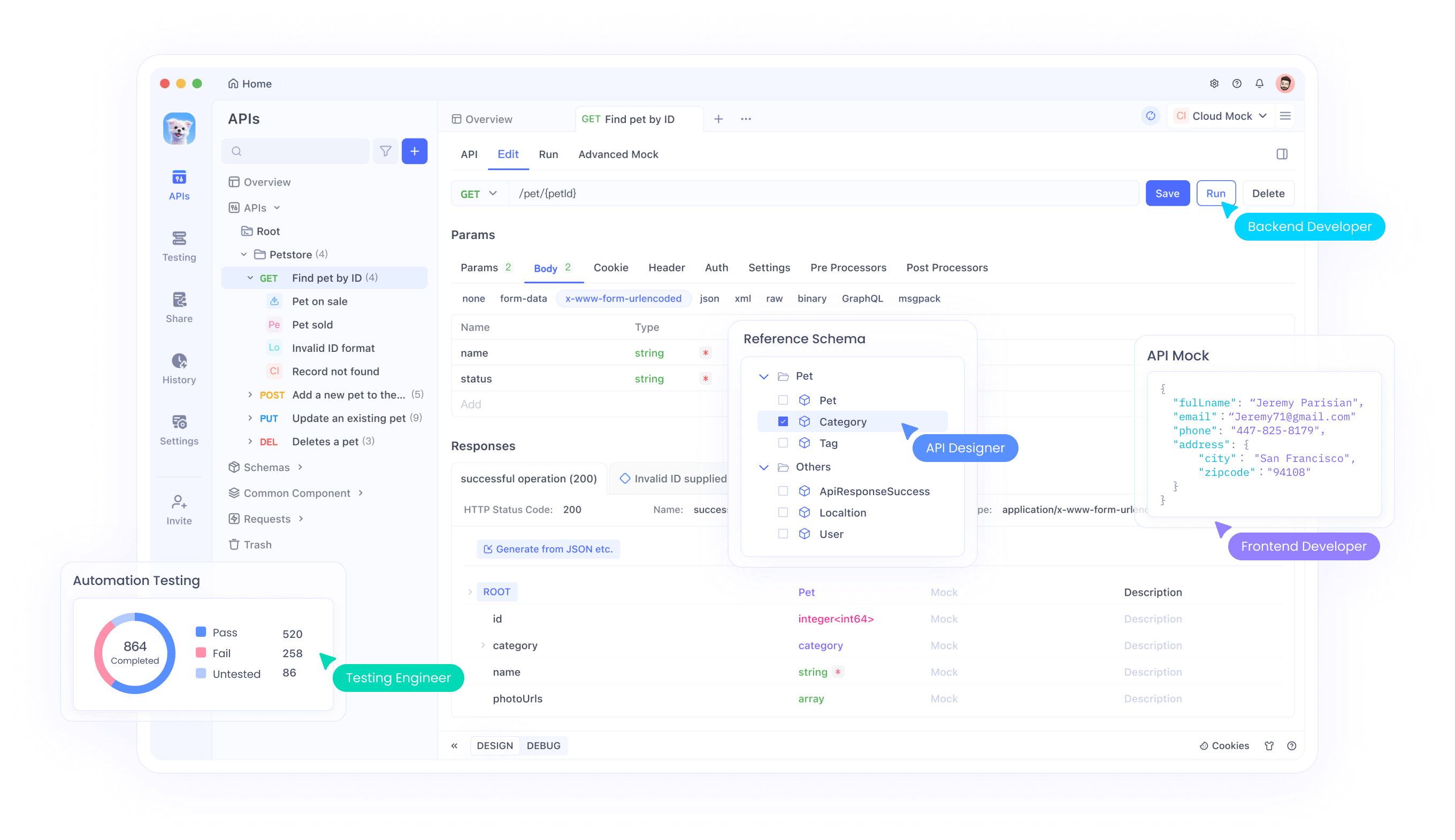
After GPT-5-Codex produces API code, export the OpenAPI specification. Import it into Apidog, where you design schemas, debug endpoints, and automate tests.
For example, in a CRUD API generated for an e-commerce backend, Apidog creates test suites covering edge cases. It simulates requests, validates responses, and scans for security vulnerabilities.
Collaboration features in Apidog allow teams to share documentation, ensuring alignment. Moreover, its mocking capabilities enable frontend development without live backends.
By feeding Apidog insights back into GPT-5-Codex prompts, refine code iteratively. This loop accelerates iterations and improves quality.
Apidog's free tier makes it accessible, encouraging experimentation. Developers who download Apidog integrate it effortlessly, maximizing GPT-5-Codex's output.
Best Practices for Optimal GPT-5-Codex Usage
To harness GPT-5-Codex effectively, follow established best practices. Craft detailed prompts, including language, constraints, and examples. Vague inputs yield suboptimal results, so specify "Use Python 3.12 with type hints."
Monitor token usage, especially in API calls. Optimize by summarizing contexts rather than providing full repositories.
Always validate outputs manually or with tools like Apidog. Run tests and reviews to catch edge cases.
Stay updated on model releases, as improvements enhance capabilities. Participate in OpenAI communities for shared prompts.
For security, enable sandboxing and review generated code for compliance.
These practices ensure reliable, efficient utilization.
Real-World Examples Across GPT-5-Codex Tiers
Let's explore practical gpt-5-codex examples starting with front-end development. One standout case involves creating a photobooth application. Using Codex CLI, developers prompt: "Make a pixel art game where I can walk around and talk to other villagers, and catch wild bugs." The model generates a fully interactive pixel art game in a single HTML file, complete with character movement controls, dialogue trees for villagers, and bug-catching mechanics using canvas rendering and JavaScript event handlers.

The output includes smooth animations for walking cycles and particle effects for captures, all optimized for mobile touch inputs. This example illustrates how GPT-5 Codex handles game logic, asset integration, and cross-device responsiveness without external dependencies.
Building on this, another prompt challenges the model: "Give me a work management platform that helps teams organize, track, and manage their projects and tasks. Give me the platform with a kanban board, not the landing page." GPT-5 Codex delivers a comprehensive single-page application using HTML, CSS, and vanilla JavaScript, featuring draggable kanban cards, task assignment modals, progress indicators, and local storage for persistence.
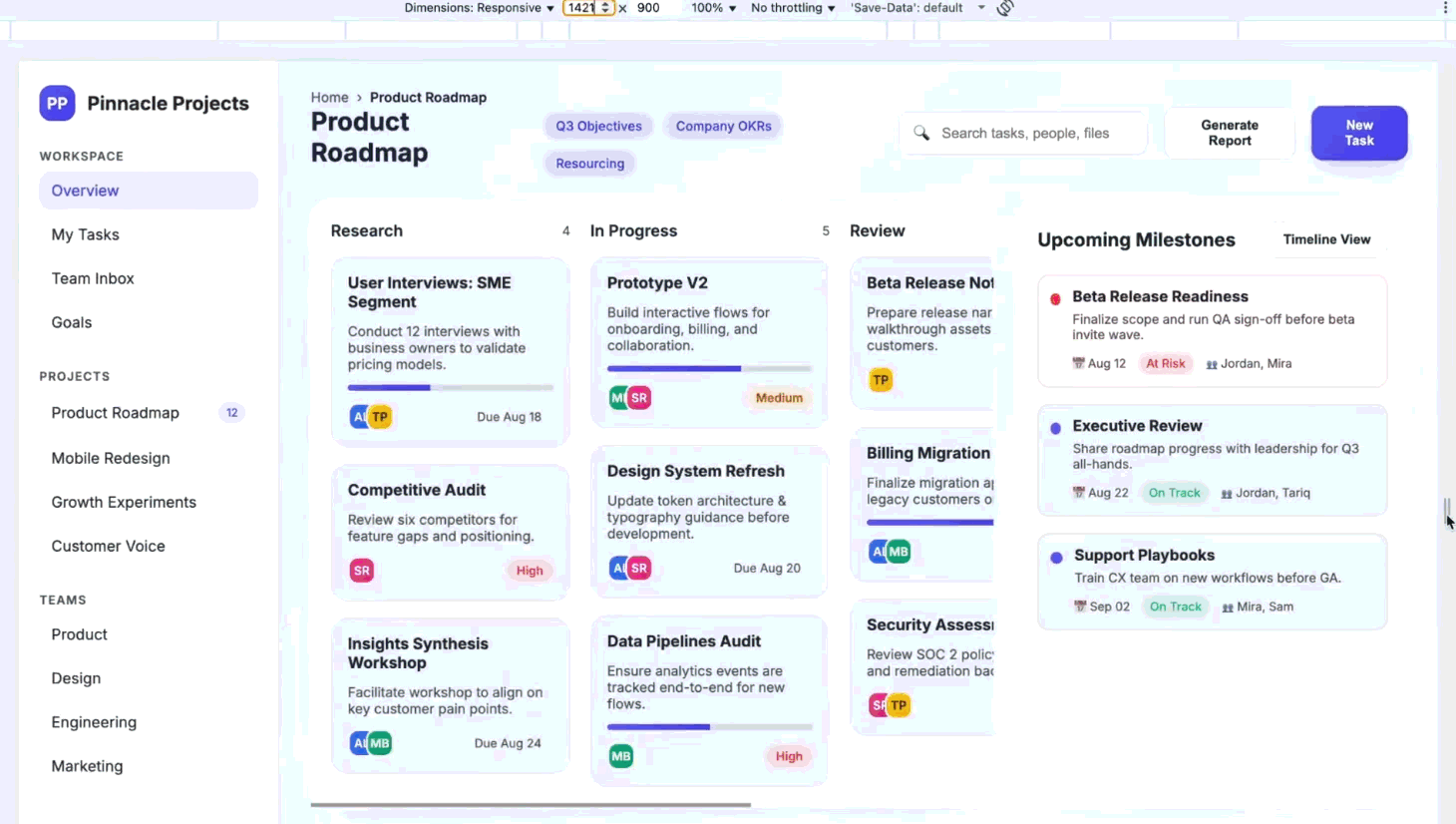
The interface adapts seamlessly to desktop and mobile views, with swipe gestures for card movement on touch devices. Developers appreciate the inclusion of accessibility features like ARIA labels and keyboard navigation, which the model incorporates proactively.
Furthermore, GPT-5 Codex excels with visual inspirations. For the prompt: "Given this image as inspiration. Build a simple html page joke-site.html here that includes all the assets/javascript and content to implement a showcase version of this webapp. Delightful animations and a responsive design would be great but don't make things too busy," the model analyzes the provided image—depicting a whimsical joke-sharing site—and produces a self-contained HTML file.
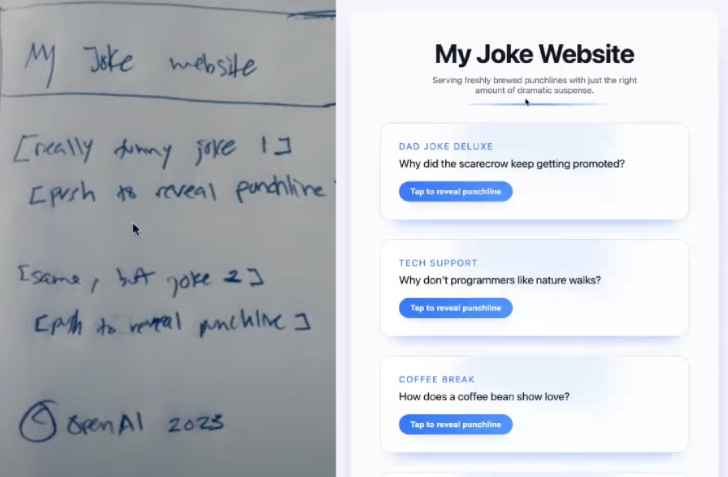
It embeds base64-encoded assets for jokes, implements CSS transitions for fade-in effects on new content, and ensures a clean, responsive grid layout that scales from mobile to desktop. The result balances delight with simplicity, using subtle hover animations and infinite scroll for joke feeds.
In a wireframe-to-app conversion, the prompt states: "I have this wireframe, can you convert it to a real app for me? Generate HTML / inline CSS code for this website. Include CDN links for Tailwind / Bootstrap etc. Save your output to a file called index.html in the container's current directory." GPT-5 Codex interprets the wireframe (a multi-section landing page with hero, features, and footer) and outputs polished HTML with inline Tailwind CSS via CDN.
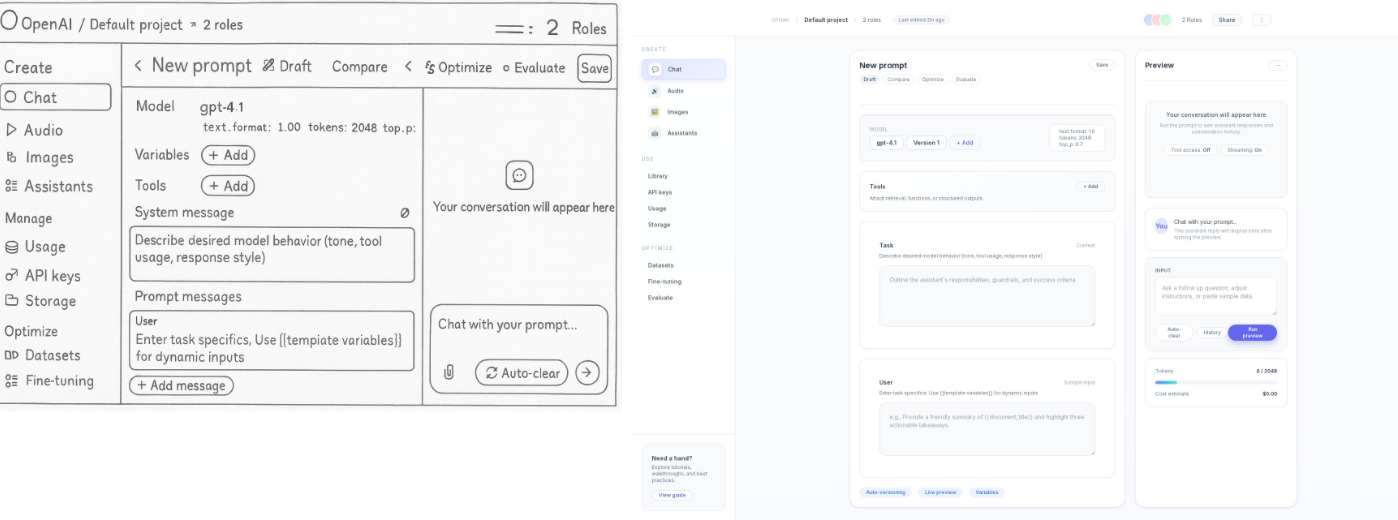
It adds interactive elements like form validation for a newsletter signup and responsive breakpoints for all screen sizes. The generated index.html file runs immediately in a browser, showcasing the model's ability to bridge design artifacts to functional code efficiently.
These examples illustrate how GPT-5 Codex reduces setup time. Instead of writing boilerplate, programmers focus on refinement. However, testing remains crucial, especially for browser compatibility. By incorporating such prompts, developers unlock rapid prototyping that aligns with real project needs.
Potential Challenges and Solutions When Using GPT-5-Codex
Despite strengths, challenges arise. Hallucinations occur in ambiguous prompts; counter this with specificity and examples.
Token limits constrain large projects; chunk inputs and summarize.
Cost management matters for heavy users; track via dashboards and optimize queries.
Integration hurdles with legacy systems require custom adapters.
Solutions include iterative prompting, tool chaining with Apidog, and community resources.
Addressing these ensures smooth adoption.
Future Prospects for GPT-5-Codex and Similar Technologies
OpenAI continues evolving GPT-5-Codex, with upcoming API enhancements promising broader access.
Expect integrations with more IDEs and platforms, deepening ecosystem ties.
As AI advances, models like this will handle even more autonomous tasks, potentially revolutionizing software engineering.
Pairing with tools like Apidog will remain crucial for practical deployment.
Developers who adapt early gain competitive edges.
Conclusion
GPT-5-Codex represents a pivotal advancement in AI-assisted coding. By following this guide, you equip yourself to utilize its features effectively. From setup to advanced integrations with Apidog, the possibilities expand your capabilities. Embrace these tools to innovate and efficiency in your projects.




